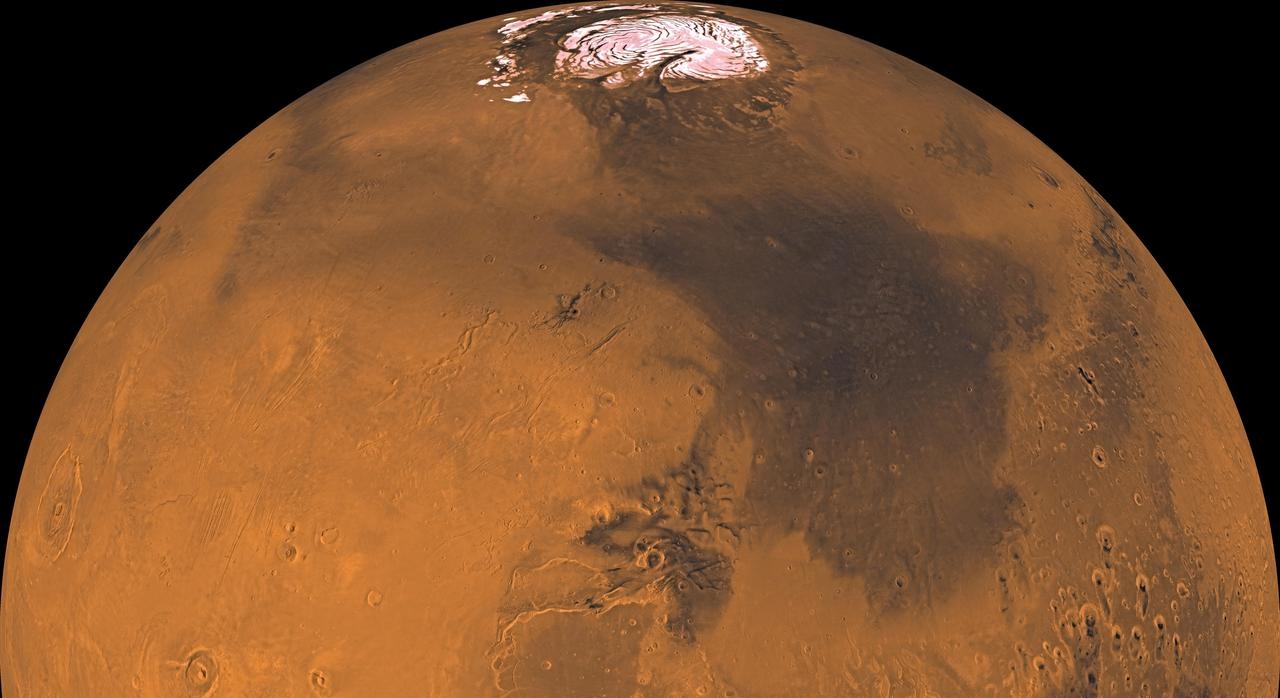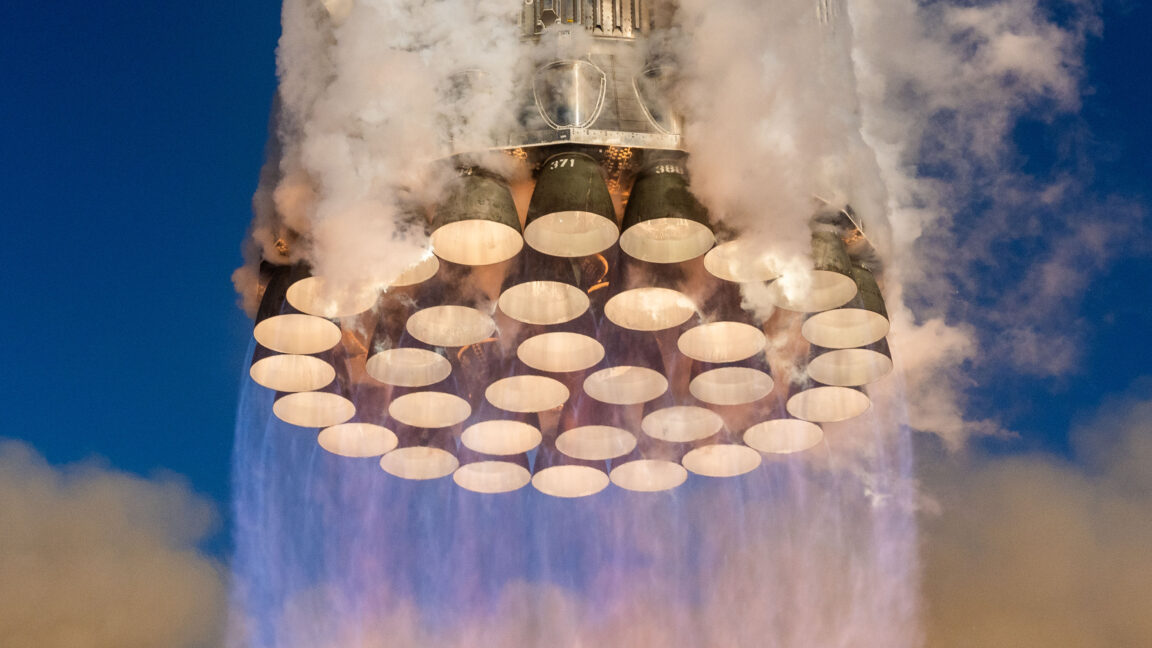NASA is starting to take its first steps toward opening a commercial pathway to Mars.
This week, the space agency's Jet Propulsion Laboratory issued a new solicitation to the industry titled "Exploring Mars Together: Commercial Services Studies." This is a request for proposals from the US space industry to tell NASA how they would complete one of four private missions to Mars, including delivering small satellites into orbit or providing imaging services around the red planet.
"The Mars Exploration Program Draft Plan through the next two decades would utilize more frequent lower cost missions to achieve compelling science and exploration for a larger community," the document states. "To realize the goals of the plan, government and US industry would partner to leverage current and emerging Earth and lunar products and commercial services to substantially lower the overall cost and accelerate leadership in deep space exploration."
Design reference missions
NASA will pay proposers $200,000 for a study of one of the reference missions or $300,000 for a maximum of two studies. The space agency said it intends to award "multiple" contract awards. In its 496-page solicitation, NASA outlines four "design reference missions" that companies can bid on. Basically, the space agency is asking companies how they would go about fulfilling these tasks. Here are the four "reference" missions that companies can bid on:- Smaller payload delivery and hosting: Carry and deliver Mars Exploration Program-provided payloads, including possible deployed cubesats, and operate in Mars orbit. Payload mass is up to 20 kg.
- Larger payload delivery and hosting: Carry and deliver to Mars orbit one or more separable spacecraft and optionally provide services for one or more hosted payloads for an aggregate customer mass of 1,250 kg.
- Electro-optical imaging services: Provide sensor and orbital spacecraft platform for imaging services at Mars for two years. Imaging would be used in support of observational science investigations, landing site selection and hazard assessment, change detection, and monitoring and planning for surface assets.
- Next-generation relay services: Provide communications relay services between Mars and Earth for surface and orbital assets for four years.


